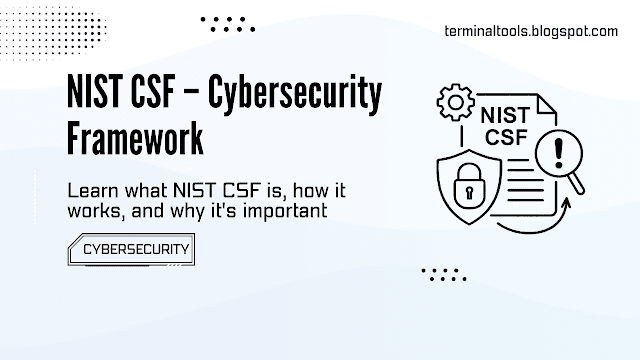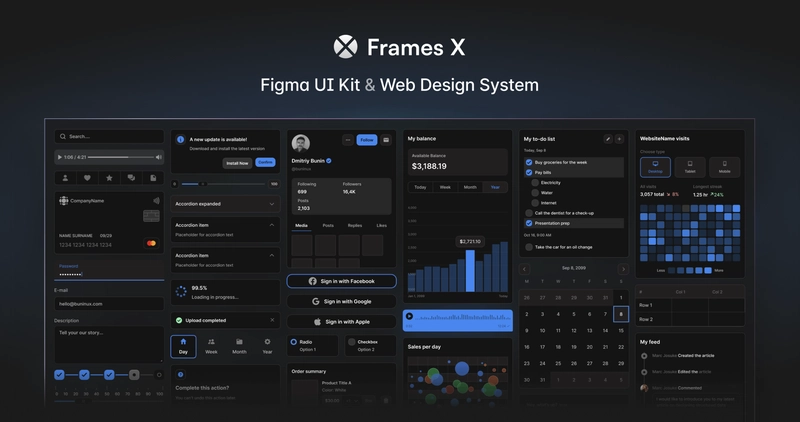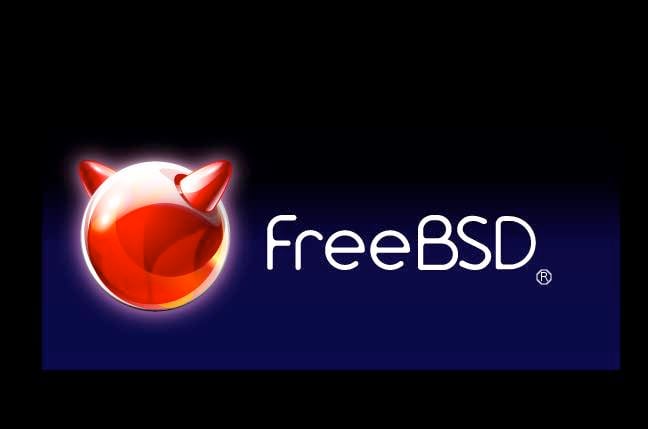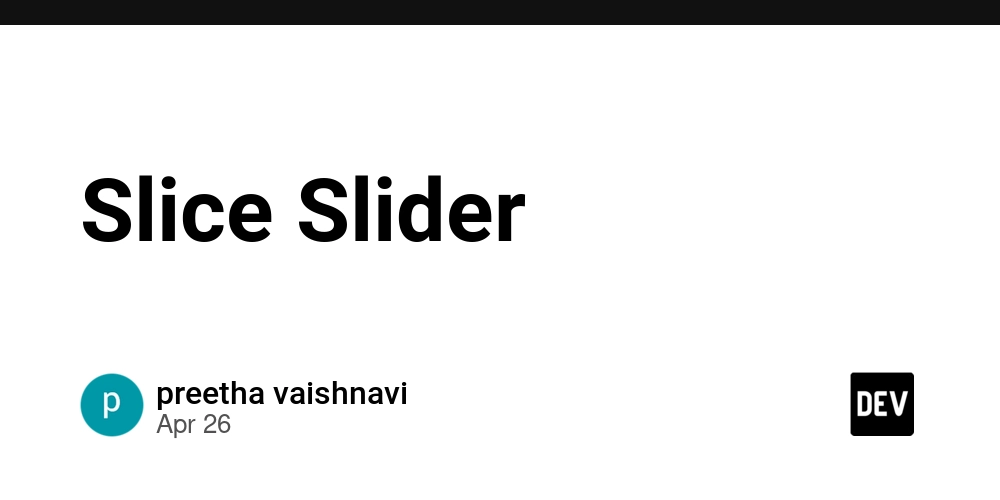NIST CSF: Simple Guide to the Cybersecurity Framework
When you hear "NIST CSF," it might sound complicated, but honestly, it’s not as hard as it seems. In simple words, NIST CSF is a guide that helps companies stay safe from cyber attacks. If you’re wondering what it is, why it matters, and how it works, don’t worry I’ll explain everything step-by-step in this post. By the end, you’ll have a clear idea of what NIST CSF is all about. What Is NIST CSF? NIST stands for National Institute of Standards and Technology. CSF means Cybersecurity Framework. Put them together, and you get the NIST Cybersecurity Framework — a simple set of rules and best practices to help organizations protect themselves from online threats. It’s not a law or a strict rulebook. It’s more like a helpful checklist. You can think of it as a roadmap that shows businesses how to manage cybersecurity risks smartly without getting overwhelmed. Why Was NIST CSF Created? A few years back, cyber attacks were getting worse especially against important industries like banking, healthcare, and energy. So in 2014, the U.S. government asked NIST to create a standard that any organization, big or small, could use to defend themselves better. That’s how the NIST CSF was born. Since then, it’s become super popular. Even companies outside the United States follow it because it’s simple, flexible, and works well. Who Should Use NIST CSF? Honestly? Anyone who wants better cybersecurity can use it. But it’s especially useful for: Small businesses that don't have huge IT teams. Big companies needing a clear security plan. Government agencies that handle sensitive information. Healthcare, financial services, and energy sectors. Even if you’re just starting out, NIST CSF can help you build strong cybersecurity practices from day one. The Five Core Functions of NIST CSF At the heart of NIST CSF are five simple ideas. These are called the Core Functions. Let’s break them down: 1. Identify This is about knowing what you have to protect. You list your devices, software, important data, and any risks you can spot. If you don’t know what you have, you can’t protect it, right? 2. Protect Once you know what’s important, you take steps to defend it. This could mean installing firewalls, using encryption, or setting up strong passwords. Basically, you build walls around your valuable stuff. 3. Detect Sometimes bad things slip past your defenses. Detection is about spotting trouble early. With the right tools, you can catch hackers before they do serious damage. 4. Respond If something bad happens, you need a plan. Responding means taking action fast like isolating infected systems, alerting your team, or contacting authorities if needed. 5. Recover After an attack, the goal is to get back to normal as quickly as possible. Recovery includes fixing systems, restoring data, and learning from what went wrong. Think of these five steps as a simple cycle you keep repeating to stay strong against cyber threats. How NIST CSF Is Organized NIST CSF is super organized. It breaks things down into three main parts: Framework Core: This is the heart, it’s where the five functions live (Identify, Protect, Detect, Respond, Recover). Framework Implementation Tiers: These show how deeply cybersecurity is built into your organization, from beginner to advanced. Framework Profile: This lets you customize the framework based on your specific business needs and goals. It's flexible on purpose, so you can fit it around whatever size or type of business you have. Benefits of Using NIST CSF Why should you care about NIST CSF? Because it brings real benefits: Better Risk Management: You know your risks and have plans to handle them. Stronger Customer Trust: Clients feel safer doing business with you. Clear Communication: Everyone from tech teams to managers speaks the same security language. Compliance Support: Helps you meet regulations like HIPAA, GDPR, and others without starting from scratch. Flexible for All Sizes: Whether you’re a small shop or a large company, you can use it easily. Bottom line: it makes cybersecurity less scary and way more manageable. Real-Life Example: Small Business Success One of my friends runs a small online clothing store. A few years ago, she faced a data breach that nearly shut her down. After that scare, she decided to follow NIST CSF guidelines. She didn’t have a huge budget, but she started by identifying her key assets (like customer data), then added simple protections like stronger passwords and regular backups. Today, she’s doing great, no hacks, no data leaks, and her customers trust her more than ever. It just shows that you don’t need millions of dollars to be safe. You just need a smart, clear plan. Is NIST CSF Mandatory? Nope, it’s not mandatory — unless you work with certain parts of the U.S. government or critica

When you hear "NIST CSF," it might sound complicated, but honestly, it’s not as hard as it seems. In simple words, NIST CSF is a guide that helps companies stay safe from cyber attacks.
If you’re wondering what it is, why it matters, and how it works, don’t worry I’ll explain everything step-by-step in this post.
By the end, you’ll have a clear idea of what NIST CSF is all about.
What Is NIST CSF?
NIST stands for National Institute of Standards and Technology. CSF means Cybersecurity Framework. Put them together, and you get the NIST Cybersecurity Framework — a simple set of rules and best practices to help organizations protect themselves from online threats.
It’s not a law or a strict rulebook. It’s more like a helpful checklist. You can think of it as a roadmap that shows businesses how to manage cybersecurity risks smartly without getting overwhelmed.
Why Was NIST CSF Created?
A few years back, cyber attacks were getting worse especially against important industries like banking, healthcare, and energy. So in 2014, the U.S. government asked NIST to create a standard that any organization, big or small, could use to defend themselves better. That’s how the NIST CSF was born.
Since then, it’s become super popular. Even companies outside the United States follow it because it’s simple, flexible, and works well.
Who Should Use NIST CSF?
Honestly? Anyone who wants better cybersecurity can use it. But it’s especially useful for:
- Small businesses that don't have huge IT teams.
- Big companies needing a clear security plan.
- Government agencies that handle sensitive information.
- Healthcare, financial services, and energy sectors.
Even if you’re just starting out, NIST CSF can help you build strong cybersecurity practices from day one.
The Five Core Functions of NIST CSF
At the heart of NIST CSF are five simple ideas. These are called the Core Functions. Let’s break them down:
1. Identify
This is about knowing what you have to protect. You list your devices, software, important data, and any risks you can spot. If you don’t know what you have, you can’t protect it, right?
2. Protect
Once you know what’s important, you take steps to defend it. This could mean installing firewalls, using encryption, or setting up strong passwords. Basically, you build walls around your valuable stuff.
3. Detect
Sometimes bad things slip past your defenses. Detection is about spotting trouble early. With the right tools, you can catch hackers before they do serious damage.
4. Respond
If something bad happens, you need a plan. Responding means taking action fast like isolating infected systems, alerting your team, or contacting authorities if needed.
5. Recover
After an attack, the goal is to get back to normal as quickly as possible. Recovery includes fixing systems, restoring data, and learning from what went wrong.
Think of these five steps as a simple cycle you keep repeating to stay strong against cyber threats.
How NIST CSF Is Organized
NIST CSF is super organized. It breaks things down into three main parts:
- Framework Core: This is the heart, it’s where the five functions live (Identify, Protect, Detect, Respond, Recover).
- Framework Implementation Tiers: These show how deeply cybersecurity is built into your organization, from beginner to advanced.
- Framework Profile: This lets you customize the framework based on your specific business needs and goals.
It's flexible on purpose, so you can fit it around whatever size or type of business you have.
Benefits of Using NIST CSF
Why should you care about NIST CSF? Because it brings real benefits:
- Better Risk Management: You know your risks and have plans to handle them.
- Stronger Customer Trust: Clients feel safer doing business with you.
- Clear Communication: Everyone from tech teams to managers speaks the same security language.
- Compliance Support: Helps you meet regulations like HIPAA, GDPR, and others without starting from scratch.
- Flexible for All Sizes: Whether you’re a small shop or a large company, you can use it easily.
Bottom line: it makes cybersecurity less scary and way more manageable.
Real-Life Example: Small Business Success
One of my friends runs a small online clothing store. A few years ago, she faced a data breach that nearly shut her down. After that scare, she decided to follow NIST CSF guidelines. She didn’t have a huge budget, but she started by identifying her key assets (like customer data), then added simple protections like stronger passwords and regular backups. Today, she’s doing great, no hacks, no data leaks, and her customers trust her more than ever.
It just shows that you don’t need millions of dollars to be safe. You just need a smart, clear plan.
Is NIST CSF Mandatory?
Nope, it’s not mandatory — unless you work with certain parts of the U.S. government or critical infrastructure sectors. Most private businesses use it voluntarily because it’s so effective. Even if it’s not required, it’s smart to use it as a roadmap for better security.
New Updates to NIST CSF
Recently, NIST released updates to the framework, adding more focus on supply chain risks and better ways to measure cybersecurity performance. If you’re serious about staying current, it’s worth checking out the latest version when you can.
Final Thoughts
Cybersecurity can feel overwhelming, but tools like NIST CSF make it easier. Whether you’re running a huge company or just starting a small online business, following this simple framework can keep you safer online. It’s flexible, clear, and made for real-world use.
If you’re serious about protecting your digital life or your business, learning NIST CSF is one of the smartest moves you can make. Start small, take it step-by-step, and you’ll build strong cybersecurity without losing your mind in the process. Stay safe!
Originally published at TerminalTools


































































































































































![[The AI Show Episode 143]: ChatGPT Revenue Surge, New AGI Timelines, Amazon’s AI Agent, Claude for Education, Model Context Protocol & LLMs Pass the Turing Test](https://www.marketingaiinstitute.com/hubfs/ep%20143%20cover.png)










































































































































































































































































_Muhammad_R._Fakhrurrozi_Alamy.jpg?width=1280&auto=webp&quality=80&disable=upscale#)
_NicoElNino_Alamy.jpg?width=1280&auto=webp&quality=80&disable=upscale#)















































































































![Apple Releases iOS 18.5 Beta 4 and iPadOS 18.5 Beta 4 [Download]](https://www.iclarified.com/images/news/97145/97145/97145-640.jpg)
![Apple Seeds watchOS 11.5 Beta 4 to Developers [Download]](https://www.iclarified.com/images/news/97147/97147/97147-640.jpg)
![Apple Seeds visionOS 2.5 Beta 4 to Developers [Download]](https://www.iclarified.com/images/news/97150/97150/97150-640.jpg)
![Apple Seeds tvOS 18.5 Beta 4 to Developers [Download]](https://www.iclarified.com/images/news/97153/97153/97153-640.jpg)

































































































